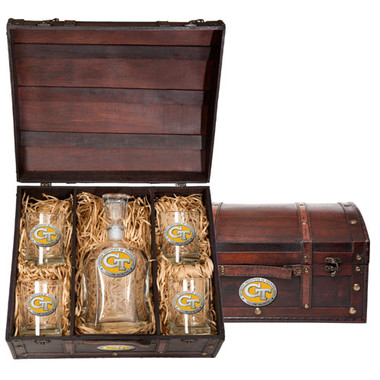"Notably, the United States is alone among the major whiskey-producing nations in that it does not define an age or aging vessel requirement for whiskey. The minute a grain distillate comes off the still, it meets the legal definition of whiskey."
Sigh. You guys are horrible researchers. That's not true, except for corn. Look at the code of federal regulations. Corn whiskey is a unique product unlike any other in any part of the world.
§ 5.22 The standards of identity.
Standards of identity for the several classes and types of
distilled spirits set forth in this section shall be as follows (see also
§ 5.35, class and type):
(a) Class 1; neutral spirits or alcohol. “Neutral spirits” or “alcohol” are
distilled spirits produced from any material at or above 190° proof, and, if bottled, bottled at not less than 80° proof.
(1) “Vodka” is neutral spirits which may be treated with up to two grams per liter of sugar and up to one gram per liter of citric acid. Products to be labeled as vodka may not be aged or stored in wood barrels at any time except when stored in paraffin-lined wood barrels and labeled as bottled in bond pursuant to
§ 5.42(b)(3). Vodka treated and filtered with not less than one ounce of activated carbon or activated charcoal per 100 wine
gallons of spirits may be labeled as “charcoal filtered.”
(2) “Grain spirits” are neutral spirits
distilled from a fermented mash of grain and stored in oak containers.
(b) Class 2; whisky. “Whisky” is an alcoholic distillate from a fermented mash of grain
produced at less than 190° proof in such manner that the distillate possesses the taste, aroma, and characteristics generally attributed to whisky, stored in oak containers (except that corn whisky need not be so stored), and bottled at not less than 80° proof, and also includes mixtures of such distillates for which no specific standards of identity are prescribed.
(1)
(i) “Bourbon whisky”, “rye whisky”, “wheat whisky”, “malt whisky”, or “rye malt whisky” is whisky
produced at not exceeding 160° proof from a fermented mash of not less than 51 percent corn, rye, wheat, malted barley, or malted rye grain, respectively, and stored at not more than 125° proof in charred new oak containers; and also includes mixtures of such whiskies of the same type.
(ii) “Corn whisky” is whisky
produced at not exceeding 160° proof from a fermented mash of not less than 80 percent corn grain, and if stored in oak containers stored at not more than 125° proof in used or uncharred new oak containers and not subjected in any manner to treatment with charred wood; and also includes mixtures of such whisky.
(iii) Whiskies conforming to the standards prescribed in paragraphs (b)(1)(i) and (ii) of this section, which have been stored in the type of oak containers prescribed, for a period of 2 years or more may optionally be further designated as “straight”; for example, “straight bourbon whisky”, “straight corn whisky”, and whisky conforming to the standards prescribed in
paragraph (b)(1)(i) of this section, except that it was produced from a fermented mash of less than 51 percent of any one type of grain, and stored for a period of 2 years or more in charred new oak containers may optionally be designated merely as “straight whisky”. No other whiskies may be designated “straight”. “Straight whisky” includes mixtures of straight whiskies of the same type produced in the same State.
(2) “Whisky
distilled from bourbon (rye, wheat, malt, or rye malt) mash” is whisky produced in the
United States at not exceeding 160° proof from a fermented mash of not less than 51 percent corn, rye, wheat, malted barley, or malted rye grain, respectively, and stored in used oak containers; and also includes mixtures of such whiskies of the same type. Whisky conforming to the standard of identity for corn whisky must be designated corn whisky.
(3) “Light whisky” is whisky produced in the
United States at more than 160° proof, on or after January 26, 1968, and stored in used or uncharred new oak containers; and also includes mixtures of such whiskies. If “light whisky” is mixed with less than 20 percent of straight whisky on a
proof gallon basis, the mixture shall be designated “blended light whisky” (light whisky - a blend).
(4) “Blended whisky” (whisky - a blend) is a mixture which contains straight whisky or a blend of straight whiskies at not less than 20 percent on a
proof gallon basis, excluding alcohol derived from added harmless coloring, flavoring or blending materials, and, separately, or in combination, whisky or neutral spirits. A blended whisky containing not less than 51 percent on a
proof gallon basis of one of the types of straight whisky shall be further designated by that specific type of straight whisky; for example, “blended rye whisky” (rye whisky - a blend).




